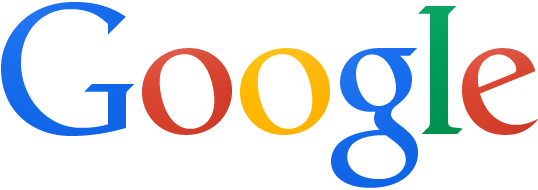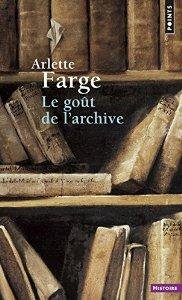Frédéric Clavert
historian. digital history. digital memory studies. join me on mastodon: @inactinique@mastodon.social
Frédéric Clavert (PhD / Paris-Sorbonne / LabEx EHNE)
http://histnum.hypotheses.org/ - @inactinique - frederic@clavert.net

If two researchers do the same request, they will obtain different results depending on several criteria, including their location, language, etc.
«To datafy a phenomenon is to put it in a quantified format it can be tabulated and analysed »
Mayer-Schönberger, Viktor, et Kenneth Cukier.
Big Data: A Revolution That Will Transform How We Live, Work, and Think.
Boston: Houghton Mifflin Harcourt, 2013, p. 72.

Researcher facing a sea of data
David K. Friedrich,
Der Wanderer über dem Nebelmeer, 1817
Example taken from a paper by Dan Cohen
(Roy Rosenzweig CHNM / Digital Public Library of America)
Digital humanities is an area of research and teaching at the intersection of computing and the disciplines of the humanities. Developing from the fields of humanities computing, humanistic computing, and digital humanities praxis, digital humanities embraces a variety of topics, from curating online collections to data mining large cultural data sets. Digital humanities (...) currently incorporates both digitized and born-digital materials and combines the methodologies from traditional humanities disciplines (...) and social sciences with tools provided by computing (such as data visualisation, information retrieval, data mining, statistics, text mining) and digital publishing.
Source: Wikipedia EN
We define Big Data as a cultural, technological, and scholarly phenomenon that rests on the interplay of:
(1) Technology: maximizing computation power and algorithmic accuracy to gather, analyze, link, and compare large data sets.
(2) Analysis: drawing on large data sets to identify patterns in order to make economic, social, technical, and legal claims.
(3) Mythology: the widespread belief that large data sets offer a higher form of intelligence and knowledge that can generate insights that were previously impossible, with the aura of truth, objectivity, and accuracy.
danah boyd and K. Crawford, “CRITICAL QUESTIONS FOR BIG DATA: Provocations for a cultural, technological, and scholarly phenomenon,” Information, Communication & Society, vol. 15, no. 5, pp. 662–679, Jun. 2012.

Arlette Farge, Le goût de l’archive, Paris, Le Seuil, 1989
Arlette Farge describe the link between historians and their archives. Something intimate, which implies a long work of copying documents.
In the archive center itself, this link - with the use of Digital Camera, of databases, of software like zotero - is not the same anymore.
Milligan Ian, « Illusionary Order: Online Databases, Optical Character Recognition, and Canadian History, 1997–2010 », Canadian Historical Review, 1 décembre 2013, vol. 94, nᵒ 4, pp. 540‑569.
The example of the Werner corpus and how bad text recognition leads to bad research.
One example: The notion of "Europeanisation".
Some remarks on this use:
Quick Conclusion
Long term conclusion
By Frédéric Clavert
historian. digital history. digital memory studies. join me on mastodon: @inactinique@mastodon.social